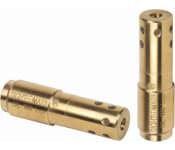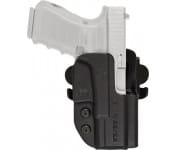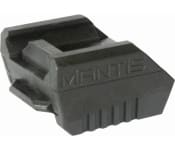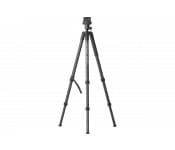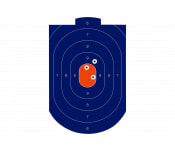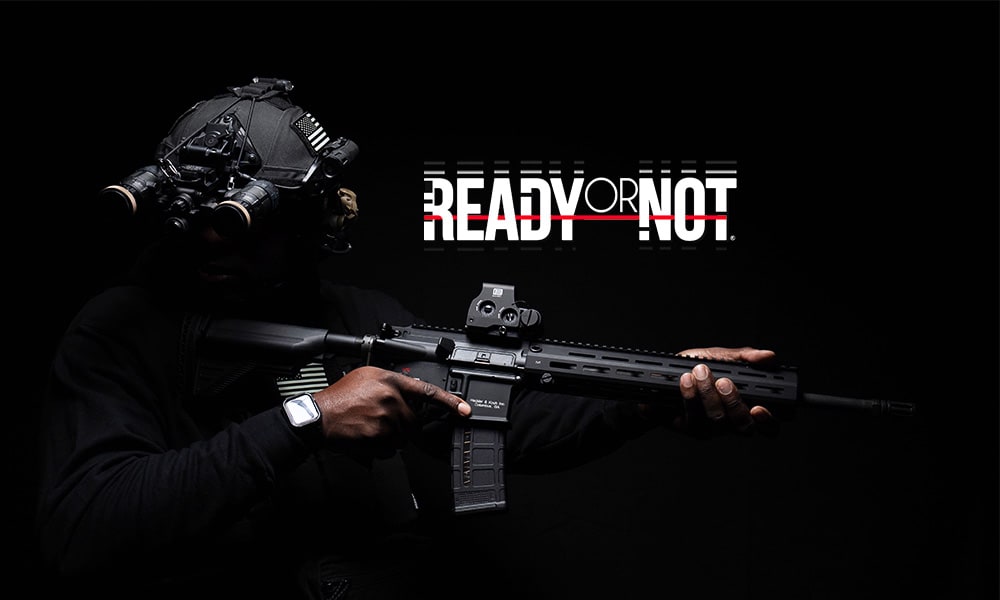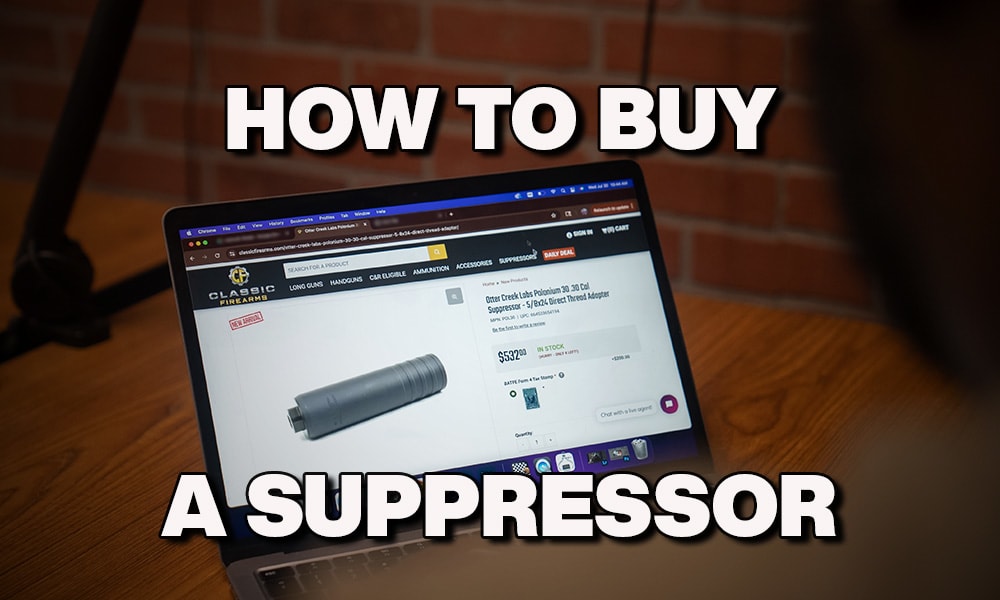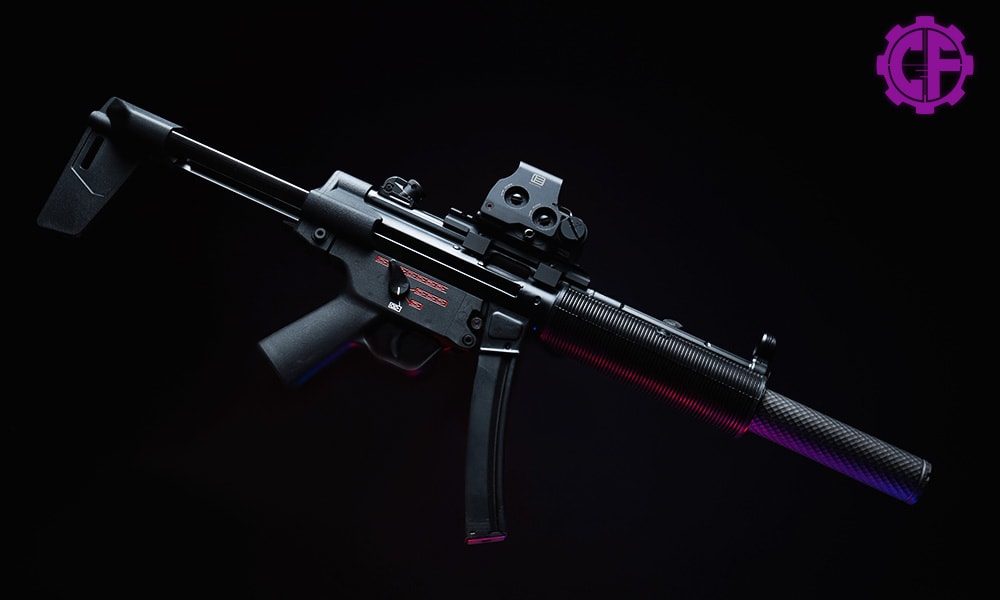In an ideal world, each and every gun owner would be able to practice shooting to their heart's content without ever worrying about ammo costs or disturbing the neighbors; dry fire training is the next best thing. Remove live rounds from the equation and you have a safe, quiet, and affordable means of growing your skillset in the comfort of your own home.
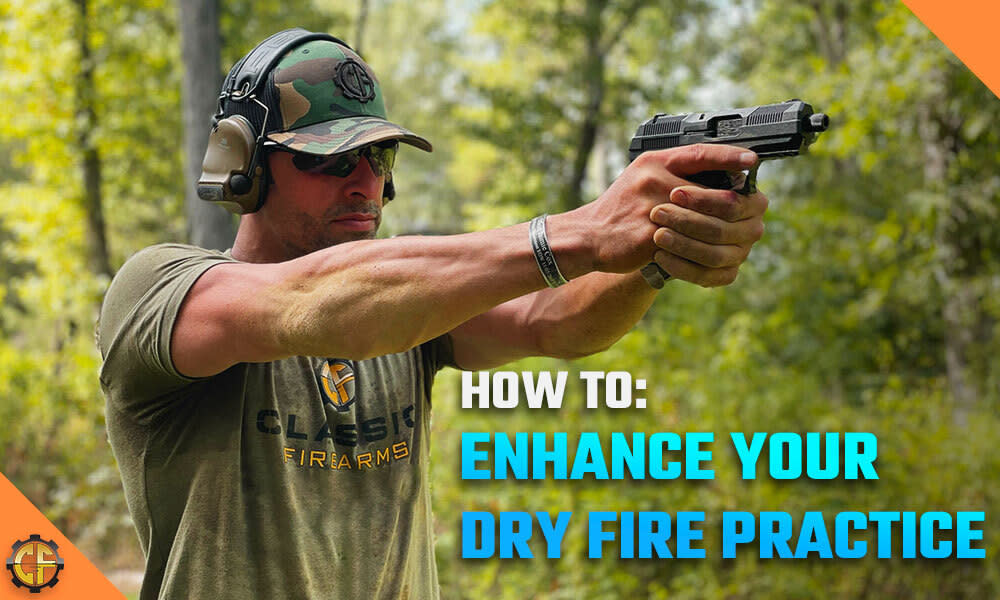
Perfect Dry Fire Practice Makes Perfect Shooting
Precise execution of shooting fundamentals can help you improve incrementally but to get the maximum value from your dry fire training, it's important to adopt an objective-based mindset. To start, determine which drills are best to target which skills and create a plan based on how you want to improve.
Want a faster draw? Practice gripping, drawing, indexing, and presenting your pistol before reversing the process to re-holster and replace your cover garment. Need to shoot more accurate groups? Concentrate on trigger finger placement and try to depress the trigger without shifting point of impact, starting with one shot then several at once.
Whichever skill you'd like to work on, here are a few tips for enhancing your dry fire training to take your shooting to the next level and help you achieve your goals.
1. Slow Is Smooth, Smooth Is Fast
These famous words could not ring more true when practicing fundamentals. Proper technique aided by slow, controlled movements will develop muscle memory - the building block of advanced shooting skills. From there, adding time pressure or other stressors can help put your abilities to the test.
Remember, having a blazing fast draw won't help you if your grip is subpar such that you fling your firearm at the target or your first shot misses the mark because you jerked the trigger. Start slow and gradually increase to full speed before implementing additional constraints for the results you want.
2. If You Practice Something 100 Times, You Get Better At It
Don't end your dry fire session when you achieve the desired results just four or five times in a row. Instead, keep going until you've conducted the drill 100 times over and could do it correctly on command from a cold start.
Repetition is the key to success, so set aside the time to train whenever possible and your skills will start to improve exponentially. Do it right until you are confident that you can't do it wrong.
3. Measure & Compare Your Results
Of course, putting in the reps won't matter if you don't track your progress. Be sure to time your draw, record your splits, and measure your accuracy during each session to ensure you are growing in the areas you want to improve in.
A boresight laser allows you to observe how your point of impact shifts as you stage and press the trigger, while a free shot timer app will help reduce your draw to first shot time. And if you really feel like pushing yourself, invest in a dry fire training system like the Mantis X - which offers realtime data-driven feedback to help you get faster and more accurate.
4. Don't Forget To Add Movement & Switch Stances
Take advantage of the increased flexibility that dry fire affords by moving in and out of cover, engaging targets from prone, and drawing your firearm from unconventional positions (kneeling, seated, etc.) Basically, think of anything that would be difficult or impossible to do on a live range and practice it during your dry fire sessions.
You can also use this opportunity to become more aware of the space around you while shooting. For example, try setting up your phone on a tripod mount next to your target, then record video of yourself popping out of cover to see how much of your body is exposed when firing. This can affect the stances you use and how you practice moving foreward.
5. Dry Fire Should Supplement, Not Replace, Your Live Fire Practice
As any firearms instructor will tell you, nothing beats sending live rounds downrange under stressful conditions. Make time to shoot with your EDC pistol at least once a month for a practical assessment of your progress. Are you more accurate, less accurate, faster, or slower?
Applying the fundamentals you've developed through dry fire training while executing movements, reloads, and transitions during live fire sessions will help more often than not yield positive results.
More On Firearms Training
Shooting is a perishable skill and the only way to keep the progress you've made is to get out and shoot more. Train as often as possible so you'll be prepared in the event that you need to use your defensive firearm. For more info about how we train with our EDC firearms, watch our video below!


